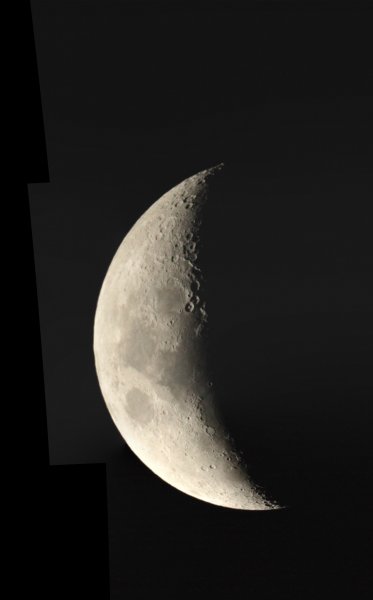So you’ve noticed how more and more people are taking pictures of the sky. Some of them are creating beautiful images with nothing more than the rudimentary cameras on their mobile phones. How do they do it? More importantly, how can you do it?  Modern photography has become dominated by technology. There is an entire world of equipment you can buy, from lenses to cameras to lighting gear to processing software that can do anything and fix any problem. There are books full of fancy techniques to create all sorts of fascinating images. But at its core, photography remains an art, and the secret to a good image is to apply the principles that renaissance painters figured out hundreds of years ago: Composition, lighting, colour, perspective, and all the rest. If you understand these things, you can get beautiful images with the cheapest camera-phone. Ignore them, and even the world’s most expensive lens can’t turn a bad picture into a good one.
Modern photography has become dominated by technology. There is an entire world of equipment you can buy, from lenses to cameras to lighting gear to processing software that can do anything and fix any problem. There are books full of fancy techniques to create all sorts of fascinating images. But at its core, photography remains an art, and the secret to a good image is to apply the principles that renaissance painters figured out hundreds of years ago: Composition, lighting, colour, perspective, and all the rest. If you understand these things, you can get beautiful images with the cheapest camera-phone. Ignore them, and even the world’s most expensive lens can’t turn a bad picture into a good one.
But astrophotography is a little different. The things we image are so far away that we cannot move around to compose a nice shot. We can’t wait for better lighting or use a flash. Depth of Field is meaningless since everything is, as far as the camera can tell, at infinite distance. With a few notable exceptions, everything we want to capture is so faint that we’re pushing the poor camera right to the very limits of what it can do. The subjects of most of our images are so faint that we can’t see them with our eyes at all, and even through a large telescope they appear as little more than faint grey fuzzy smudges against the black background of the night. To get beautiful images, therefore, you’ve got to know your equipment and tease out every last bit of performance from your camera. Unlike regular terrestrial photography, this is a specialist field and it is all about technique. You need the advanced features of the camera. You need to know the tricks to get every last photon of light to be recorded by the sensor. You need all those clever processing tricks, using software to tease out the details and brighten the colours and even delete the electronic noise that you never knew your camera was plastering all over your pictures.
Is it as hard as I’ve made it sound? Well… if you want to see your pictures featured on the covers of astronomy magazines, then yes. Those award-winning images, indistinguishable from what the Hubble Space Telescope produces, are a combination of thousands of dollars worth of equipment, hours or even days spent behind the telescope, and expertise honed by years of practice and study. But if you’re less concerned with winning awards, then things get a bit easier. Social media is filled with stunning images of the Moon, Sun and Planets taken with nothing more sophisticated than a cameraphone held up to the eyepiece of a telescope. That is something anybody can do. When we set up our telescopes in parking lots and let passer’s by have their first look at the universe, we encourage them to whip out their cameras and take a picture to show their friends. It’s that easy.
And with a simple entry-level DSLR camera, a few accessories, and a little hard work, you can get pictures that will make you proud. You’ll definitely manage to make even the best photo’s from the film era look distinctly amateurish.

Pingback:Podcast #16: Photographing Space with Tanja and Cory Shmitz - Urban Astronomer